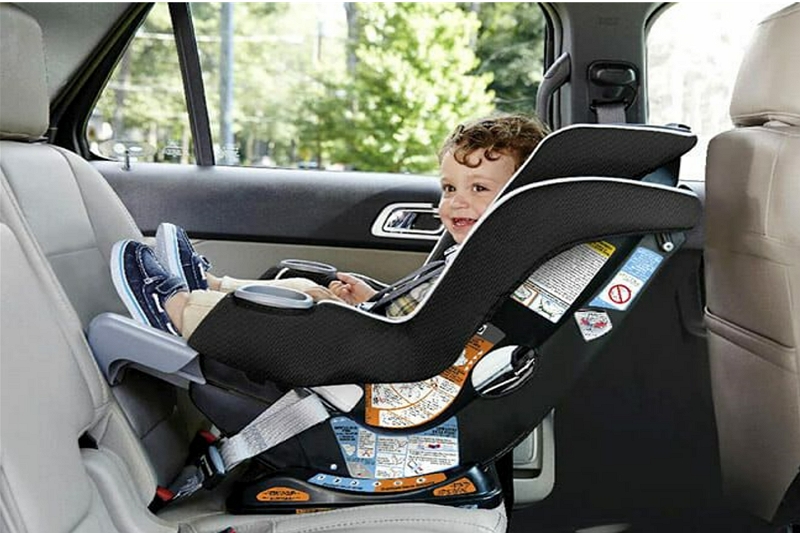But when exactly do we switch car seats? Perhaps your child is starting to grow taller, or maybe you're planning a long road trip and are worried if their current seat will last. Whatever the reason may be, in this guide, we'll answer all your car seat-related questions.

First, it's important to know the different types of car seats available in the market. There are three main types: Infant, Convertible, and Booster.
An Infant car seat is for newborns and babies up to one year old. It typically comes with a detachable base, allowing for easy transfer from the car to the stroller or vice versa. It has a maximum weight limit of 35 pounds.
A Convertible car seat can be used both as an Infant car seat and a Forward-Facing car seat. It's designed to last longer, as it can accommodate children from birth up to around 4 years old and up to 65 pounds.
Lastly, a Booster car seat is for children aged 4 to 8 years old. It raises the child's seating position so that the car's seat belt fits more securely.
Now, when should you switch from an Infant to a Convertible car seat? Generally, you must upgrade to a Convertible seat once your baby exceeds the Infant seat's weight or height limit. They usually top out at 35 pounds and around 30 inches.
However, some Infant seats may support children up to 40 pounds, so check the manufacturer's guidelines. As for height, it's best to go for the seat that has sufficient room for your baby to sit comfortably.
Once your child outgrows the Convertible car seat, you'd have to switch to a Booster seat. The law requires children under eight years old to use a Booster seat unless they surpass 4ft 9 inches, or the seat belt fits them properly.
But what if your child has outgrown the Booster seat's height and weight limits? You may switch to a backless Booster seat or an air lumbar switch car seat, which features adjustable lumbar support to alleviate lower back pain.
In a backless Booster seat, the child sits on the car's seat, and the Booster is used to raise the child's seating position. A full-featured car seat, on the other hand, has built-in headrests, air lumbar support, chest and hip protection, and a five-point harness system.
It's worth noting, though, that the American Academy of Pediatrics recommends keeping children in the back seat for as long as possible, ideally until they reach 13 years old.
In conclusion, knowing when to switch car seats helps ensure your child's safety while on the road. Always refer to the manufacturer's guidelines and state laws, and regularly check your child's weight and height to determine if it's time for a replacement.
Remember, safety should always be a top priority, so invest in a good-quality car seat that can keep your child protected in the event of an accident. And with the availability of air lumbar switch car seats, your child will not only be safe but comfortable too, making road trips a breeze!
